You’re not the only one experiencing lower back pain on the left side above your buttocks if that’s what you’re going through. This is a frequent issue with several potential causes. However, don’t give up hope! There are treatments that can assist you.
Contents
Lower Back Pain Left Side Above Buttocks
Lower back pain is one of the most common reasons for doctor visits in the United States and Canada. The lumbar region is the most common site of pain, with many people experiencing discomfort on the left side above the buttocks. Although there are many possible causes of lower back pain, actual injury is not always the source.
In fact, medical experts now believe that many cases of lower back pain are caused by subtle imbalances in the muscles and connective tissues that support the spine. These imbalances can occur over time, often as a result of poor posture or repetitive motions.
Muscle strain
Muscle strain is one of the most typical reasons for lower back pain left side above the buttocks. The lower back area, also called the lumbar region, is especially at risk for this type of damage because of the amount of pressure and weight it constantly endures. Muscle strain is also a top cause of lower back pain after physical activities such as lifting, sports, and even sitting for long periods of time.
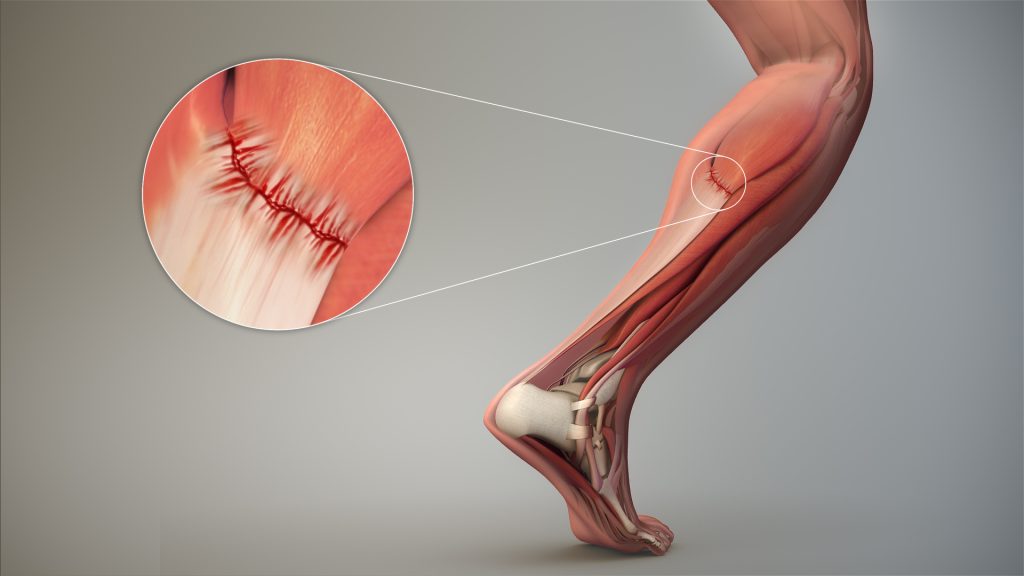
Symptoms of muscle strain include severe pain and stiffness in the lower back that is often worse when moving. This type of pain can be mild or extremely severe and should be seen by a healthcare professional if it lasts for more than a few days.
Other possible causes of lower back pain on the left side above the buttocks include nerve impingement, degenerative disc disease, and arthritis. These conditions can also cause severe pain and stiffness in the lower back that is often worse with movement. Treatment for these conditions will vary depending on the specific diagnosis but may include physical therapy, medications, or surgery.
Lower back pain on the left side above the buttocks can be indicative of various different conditions. If you’re experiencing this type of pain, it’s essential to see a healthcare professional to figure out the root cause so that you can receive proper treatment.
Physically Demanding Jobs
Many people suffer from lower back pain on the left side above the buttocks on a daily basis. It can be extremely debilitating, as it is often caused by lumbar muscle strain from constantly being used and abused. If you have a physically demanding job, you may want to consider finding something that is less demanding on your body.
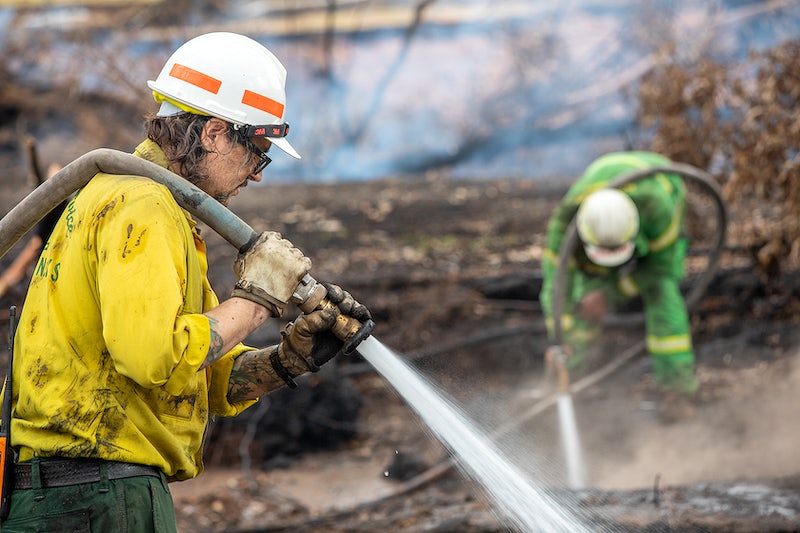
Even medical jobs can be tough on your back, so if you’re experiencing lower back pain on the left side above the buttocks, you may want to think about changing careers.
If you’re experiencing lower back pain on the left side above the buttocks, there are various treatments you can try. These include over-the-counter medications, physical therapy, and surgery. However, if the pain is severe, it’s best to consult with a doctor to see if there’s anything else that can be done.
In most cases though, lower back pain on the left side above the buttocks can be treated effectively with simple home remedies. You can use ice packs, heat pads, and massage for example. Additionally, exercises that strengthen the muscles in your back may also provide relief.
You can reduce your risk of developing lower back pain on the left side above your buttocks by maintaining good cardiovascular health. This means getting regular exercise and eating a nutritious diet. If you are overweight, you may want to consider losing weight. This will help reduce the amount of stress on your back and help prevent lower back pain from occurring in the first place.
Carrying Large Storage Items
Although most people are careful when lifting heavy objects, not as many realize the potential harm of carrying bulky items regularly. Laptop bags, for example, can injure the lower back if they are too heavy or if they are always worn on one shoulder. Also, large books or other objects that are frequently carried can cause lower back pain on the left side above the buttocks.
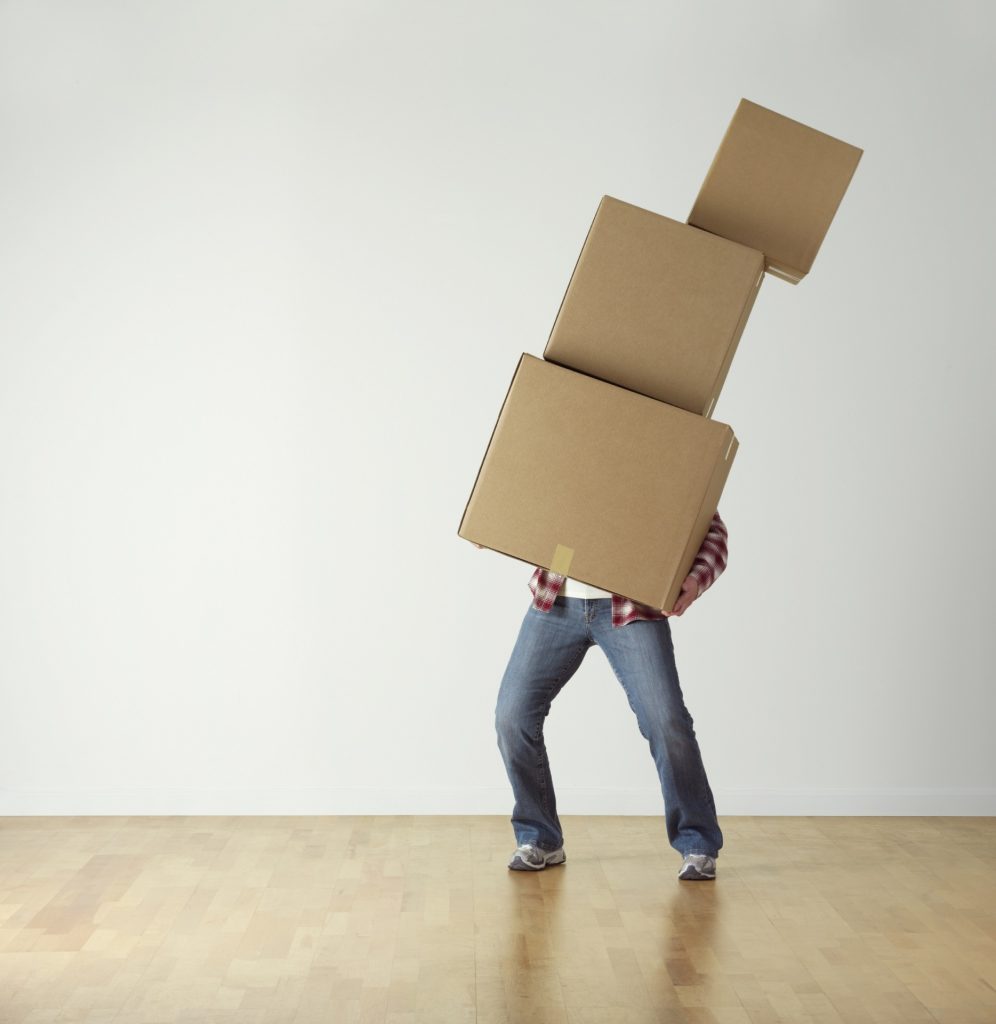
There are a few things you can do to reduce your risk of developing lower back pain from carrying large storage items. First, try to distribute the weight evenly by using both hands or wearing a backpack that evenly distributes the weight across your shoulders. Second, take breaks often to rest your back and avoid carrying the storage items for prolonged periods of time.
Finally, avoid carrying heavy objects on your person regularly by storing them in a backpack or purse when not in use. By following these simple tips, you can help keep your lower back healthy and free from pain.
Working Out
Cardiovascular exercise is great for the body, but it’s important to warm up and use proper form to prevent injuries. Lower back pain is a common problem, and it can be caused by incorrect form when working out.
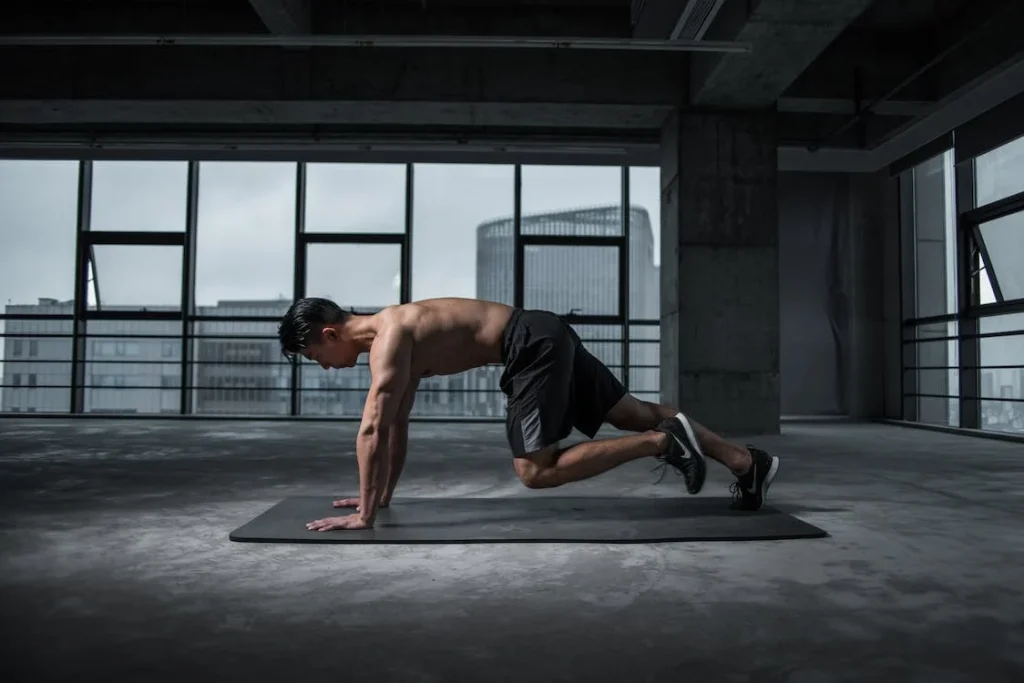
If you’re experiencing lower back pain on the left side above your buttocks, it might be due to weak back muscles. Cardiovascular exercise helps strengthen the muscles in your back, so it’s essential to include it in your workout routine. However, you should be careful not to overdo it, as this can lead to further injury.
It’s also important to warm up before working out and to cool down afterward. This will help prevent any strains or pains in your lower back. If you experience pain while working out, stop immediately and consult a doctor or physical therapist. With proper preparation and form, cardiovascular exercise can be extremely beneficial for your overall health.
Muscle Damage From Poor Posture
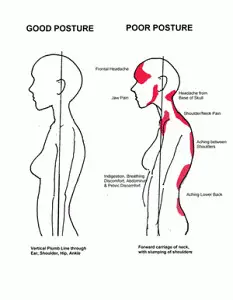 Sitting in poor posture for long periods of time can cause muscle damage and lead to lower back pain. The interconnected system of muscles, ligaments, and joints in your back supports your spine and allows you to move and protect your spinal cord. When you sit or stand in poor posture, these muscles and ligaments have to work harder to keep you upright, which can lead to fatigue and pain.
Sitting in poor posture for long periods of time can cause muscle damage and lead to lower back pain. The interconnected system of muscles, ligaments, and joints in your back supports your spine and allows you to move and protect your spinal cord. When you sit or stand in poor posture, these muscles and ligaments have to work harder to keep you upright, which can lead to fatigue and pain.
One of the most frequent reasons for lower back pain is muscle strain from having poor posture. When your muscles are always strained from being in an uncomfortable position, they can become damaged. This damage causes pain when you attempt to move or put pressure on the affected area. If you frequently experience lower back pain on the left side above your buttocks, it might be an indication that your posture is putting strain on your muscles.
There are a few things you can do to improve your posture and reduce the risk of developing lower back pain. First, make sure that you’re sitting up straight with your shoulders back and your feet flat on the floor. If you’re using a computer, position the screen so that you’re looking straight ahead rather than down at an angle. You should also take regular breaks to stretch and move around so that your muscles don’t become too tight. By taking these steps, you can help prevent muscle damage and lower back pain.
Lower Back Disc Problems
Disc problems are degenerative diseases of the spinal bones (vertebrae) that are very common. They occur when the cartilage that separates and cushions the spinal bones breaks down and deteriorates. This can happen with age, injury, or overuse. When the cartilage between the vertebrae wears down, it can no longer protect the spinal nerves as they exit the spine. This causes a condition called a herniated disc.
A herniated disc develops when a tiny tear in the outer layer of the disc permits some of the inner, jelly-like substance to seep out. This can irritate or compress the nerve root, causing pain, numbness, or weakness in the leg or foot. Additionally, a herniated disc may also result in low back pain.
Herniated discs are often called slipped discs or ruptured discs, but these terms can be misleading. There is no actual slipping or rupture that occurs. The disc doesn’t slip out of place, but rather it bulges or ruptures outward into the space between the vertebrae.
Herniated discs most often occur in the lower back (lumbar spine), but they can also show up in the neck (cervical spine) and, less frequently, in the mid-back (thoracic spine). People aged 30 to 50 years old are more likely to experience a herniated disc, but it is possible at any age. Men are also more likely to have a herniated disc than women.
There are a few different ways to treat a herniated disc. The most conservative approach is to rest, take anti-inflammatory medication, and do physical therapy exercises to stretch and strengthen the muscles that support your back and improve your range of motion. If these measures do not relieve your pain, your doctor may recommend injections of steroids or other medications directly into the affected area around your nerve root. In some cases, surgery may be necessary to remove part of the herniated disc that is pressing on a nerve root or to fuse together vertebrae to stabilize your spine.
Medical Conditions May Be The Cause
Lower back pain on the left side can occasionally be indicative of a more severe medical issue, even though back pain is a very frequent condition that affects millions of Americans annually. It can have many different causes, such as muscle strain or arthritis.
There are many degenerative diseases that can cause lower back pain on the left side. These include spondylitis (inflammation of the spine), fibromyalgia (chronic musculoskeletal pain), and spinal stenosis (narrowing of the spinal canal).
Lower back pain situated on the left side can also be brought about by kidney stones or other kidney issues in some cases. If you’re going through severe back pain, especially if it’s coupled with other symptoms like a fever or urinary difficulties, you should see a doctor as soon as possible.
Lower Back Pain And Obesity
Obese patients are often plagued by lower back pain. In fact, carrying too much body fat is a common cause of lower back pain. Excess weight puts too much pressure on the lumbar muscles and spine, which can lead to muscle therapy and a real cure.
If you’re experiencing lower back pain, it might be time to check your weight. Even a tiny amount of extra body fat can lead to lower back pain. The more body fat you have, the more likely you are to develop lower back pain.
The good news is that you can reduce or eliminate lower back pain by losing weight. So if you’re carrying around extra body fat, shedding a few pounds could be the key to finding relief.
Frequently Asked Questions
What causes severe pain in the lower right side of the back?
There are many potential causes of severe pain in the lower right side of the back. Some possible causes include a herniated disc, spinal stenosis, degenerative disc disease, and facet joint arthritis.
What does pain in the lower back indicate?
There are many possible causes of pain in the lower back, including muscle strain, arthritis, and kidney stones.
What causes lower back pelvic pain?
There are many potential causes of lower back pelvic pain. Some common causes include muscular strains, herniated discs, and degenerative disc disease.
pain, back, side, symptoms, hip, treatment, nerve, muscle, buttocks, causes, kidney, doctor, cause, spine, muscles, leg, body, condition, time, bone, people, infection, injury, buttock, therapy, surgery, area, stones, cases, treatments, disc, sciatica, health, joints, relief, inflammation, nerves, issues, lumbar, pelvis, left side, back pain, right side, kidney stones, physical therapy, sciatic nerve, spinal stenosis, spinal cord, kidney infection, muscle strain, treatment options, common causes, medical attention, sacroiliac joint, abdominal pain, hip bone, anti-inflammatory drugs, severe pain, poor posture, clinical trials, common cause, back muscles, possible causes, hip pain, left hip, spinal column, ulcerative colitis, pain symptoms, common top symptoms, joint dysfunction
Help And Treatment
Many people experience lower back pain, and it can be tough to find relief. If you’re having difficulty with lower back pain on the left side near the buttocks, there are a number of things you can do.
Medication, heat therapy, and massage therapy are often effective non-surgical treatments. If your pain is due to a condition like spinal stenosis or herniated discs, you might need to consult a doctor for more serious treatment options.
Although in many instances lower back pain can be remedied at home with over-the-counter medication and easy home treatments, it’s always best to see a doctor if the pain is intense or lasts for more than a couple of days.

Alan Walker is an author, researcher, and contributing writer at Spine Institute NY. He is a typical introvert, coffee fanatic, and freelancer.”

